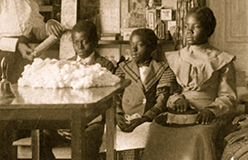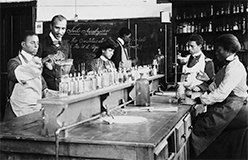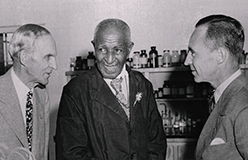George Washington Carver experienced extreme racism.
Nevertheless, he used his energy, his creativity, and his intelligence to feed his passion for learning, for plants, and for his commitment to his community. In the end, his work accomplished two goals. It transformed agriculture in the South. And it improved the lives of poor farmers who worked the land there.



